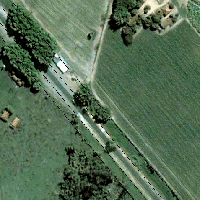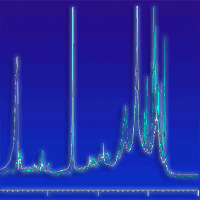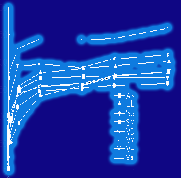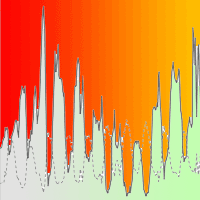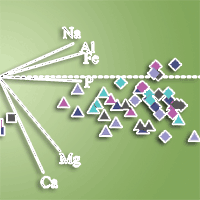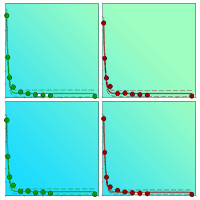
Roadside grassland vegetation in an oak forest, Oak Creek Wildlife Area, the Cascade Range, USA
S Tsuyuzaki (1) , JH Titus (2)
iForest - Biogeosciences and Forestry, Volume 3, Issue 2, Pages 52-55 (2010)
doi: https://doi.org/10.3832/ifor0527-003
Published: Mar 02, 2010 - Copyright © 2010 SISEF
Research Articles
Abstract
Roadside grassland vegetation in a Quercus garryana forest, that is one of the dominant species in west Cascade, on the Oak Creek Wildlife Area, Naches, Washington, USA, was investigated to determine the patterns of human impact on the vegetation along mountain trails. Vegetation and environmental data were collected on forty-eight 50 cm × 50 cm plots. Plot cover ranged from 3 to 100% (1 to 8 species) and most of the cover was from exotic species. In order to explore vegetation patterns the following environmental variables were measured: slope, tree canopy area, bare area, distance from road, and litter thickness. The vegetation data and environmental variables were examined using Canonical Correspondence Analysis (CCA). CCA showed that canopy area played important roles in vegetation development. Litter thickness and soil firmness also seemed to be related to the vegetation pattern. Distance from the road affected plant cover but was not related to canopy area, and litter thickness, suggesting that the distance was not a prime determinant on the vegetation pattern a priori. Species richness was the highest in mid-vegetation cover plots, i.e., 40-60%. An exotic plant, Sisymbrium officinale, increased in frequency with a decrease in vegetation cover, and two exotic plant species, Achillea millefolium and Anthoxanthum odoratum, occurred with S. officinale. S. officinale may be a good indicator for evaluating environmental deterioration. The preservation of canopy cover is of prime importance for nature conservation in forested recreational areas.
Keywords
Canonical Correspondence Analysis (CCA), Oak forest, Roadside, Litter thickness, Species indicator
Authors’ Info
Authors’ address
Graduate School of Environmental Earth Science, Hokkaido University, Sapporo 060-0810 (Japan)
Biology Department at SUNY Fredonia, NY 14063 (USA)
Corresponding author
Paper Info
Citation
Tsuyuzaki S, Titus JH (2010). Roadside grassland vegetation in an oak forest, Oak Creek Wildlife Area, the Cascade Range, USA. iForest 3: 52-55. - doi: 10.3832/ifor0527-003
Academic Editor
Marco Borghetti
Paper history
Received: Nov 05, 2009
Accepted: Dec 29, 2009
First online: Mar 02, 2010
Publication Date: Mar 02, 2010
Publication Time: 2.10 months
Copyright Information
© SISEF - The Italian Society of Silviculture and Forest Ecology 2010
Open Access
This article is distributed under the terms of the Creative Commons Attribution-Non Commercial 4.0 International (https://creativecommons.org/licenses/by-nc/4.0/), which permits unrestricted use, distribution, and reproduction in any medium, provided you give appropriate credit to the original author(s) and the source, provide a link to the Creative Commons license, and indicate if changes were made.
Web Metrics
Breakdown by View Type
Article Usage
Total Article Views: 52067
(from publication date up to now)
Breakdown by View Type
HTML Page Views: 43958
Abstract Page Views: 3176
PDF Downloads: 3843
Citation/Reference Downloads: 69
XML Downloads: 1021
Web Metrics
Days since publication: 5768
Overall contacts: 52067
Avg. contacts per week: 63.19
Citation Metrics
Article Citations
Article citations are based on data periodically collected from the Clarivate Web of Science web site
(last update: Mar 2025)
(No citations were found up to date. Please come back later)
Publication Metrics
by Dimensions ©
Articles citing this article
List of the papers citing this article based on CrossRef Cited-by.
References
The human impact on the natural environment: past, present, and future (6th edn). MIT Press, London, UK, pp. 376.
Gscholar
US station climatological summaries. National Climatic Data Center, Asheville, NC, USA.
Gscholar
Landscape architecture: a manual of site planning and design. McGraw-Hill, Inc., New York, USA pp. 352.
Gscholar

